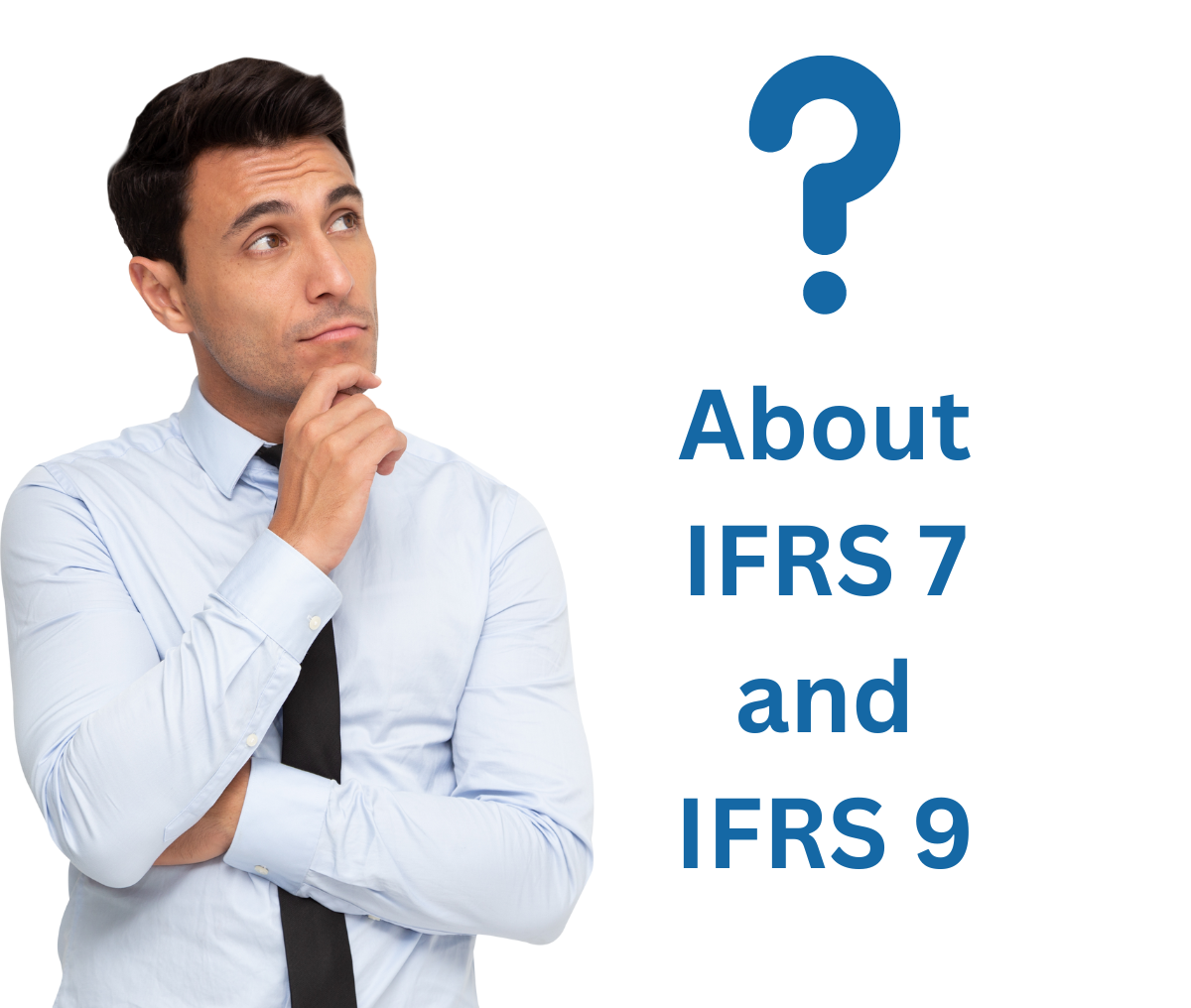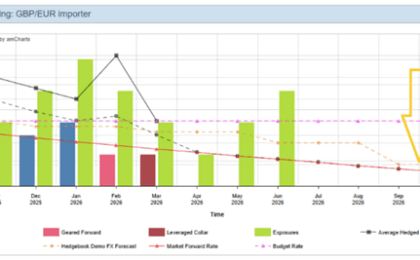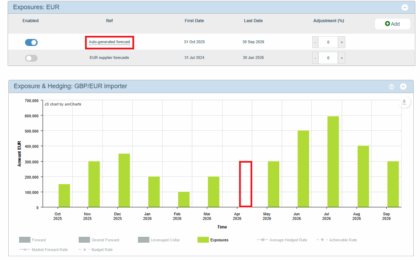IFRS, International Financial Reporting Standards, has a mission of increasing financial statement readability and disclosure requirements. Profit and loss reporting plus risk management strategies play essential roles in both IFRS 7 and IFRS 9 rules.
What is IFRS 7
IFRS 7 applies to properly disclosing financial transactions, for both recognized and non-recognized financial instruments, on the financial statement. Information must allow readers the ability to assess the performance and position of instruments. The entity decides the amount of detail needed to properly comply with the rule, but must take into consideration the risk of overburdening the reader with meaningless details or having relevant details hidden within an aggregate amount.
IFRS 7 requires entities to combine financial instruments into appropriate categories on the financial statement. Instruments are categorized according to disclosure nature and characteristics of the instrument. Having instruments properly classified decreases reader confusion while helping with the reconciliation process.
Properly disclosing risks plays an essential role in providing relevant financial information to users. Risk includes market, interest, foreign exchange, price, credit and financial. IFRS 7 requires entities to perform a sensitivity analysis in order to assess market risk on all aspects of business, but states that entities can perform a different sensitivity analysis on each individual financial instrument. Interest risks arise when financial instruments have interest listed on the balance sheet, but other instruments not being included in the aggregate asset total. Interest for each financial instrument must be reflected at fair market value and any fluctuation explanations given within the financial statement footnotes.
IFRS 7 application
Foreign exchange risks involves financial instruments being denominated in a foreign currency. This IFRS 7 states that the foreign exchange risk does not apply to non-monetary instruments or instruments denominated in the foreign currency.
Entities can disclose price risks involving increases or decreases in prices of raw materials or the market price of equity instruments. Derivatives including interest rate swaps and forward contracts are affected by price risks.
Credit risks involve fair market value fluctuations of the entities financial liabilities. IFRS 7 states that entities need to value the instruments at year-end rates, accumulating all instruments into one aggregate figure. If an alternative method of valuation is used, the entity must disclose it in the financial statement footnotes. A full explanation of variances must also be disclosed in the financial statement footnotes.
If an entity delivers or relinquishes a financial instrument that contains numerous embedded derivatives whose values depend upon each other and the said instrument also contains components of other assets and liabilities, IFRS 7 states that the entity must disclose the involved characteristics in the financial statements.
IFRS 7 states that when derivative contracts including credit derivatives, foreign currency contracts and interest rate swaps reach completion, if the asset has been valued at the fair market rate, the highest credit risks exposure will be equal to the instrument’s carrying amount.
To make financial statements easier to understand to readers, this IFRS rule suggests that entities may want to divide lump sum cash flows into derivative and nonderivative instruments. This would better match cash inflows with outflows and more fully comply with GAAP requirements.
Introduction of IFRS 9
IFRS 9 replaced IAS 39 from January 2013. This rule centers on making the measuring and classifying of financial instruments simpler. Specifically, the third phase of IFRS 9 involves hedge accounting, both macro and general.
The methods of reporting hedge accounts were reconsidered by IFRS 9. The rule required entities to perform a reconciliation of credit derivatives used in determining and managing an entity’s credit exposure. Full disclosure of the reconciliation between fair value and nominal amount of the derivatives was now required.
Thanks Resolution for providing us with this post.





